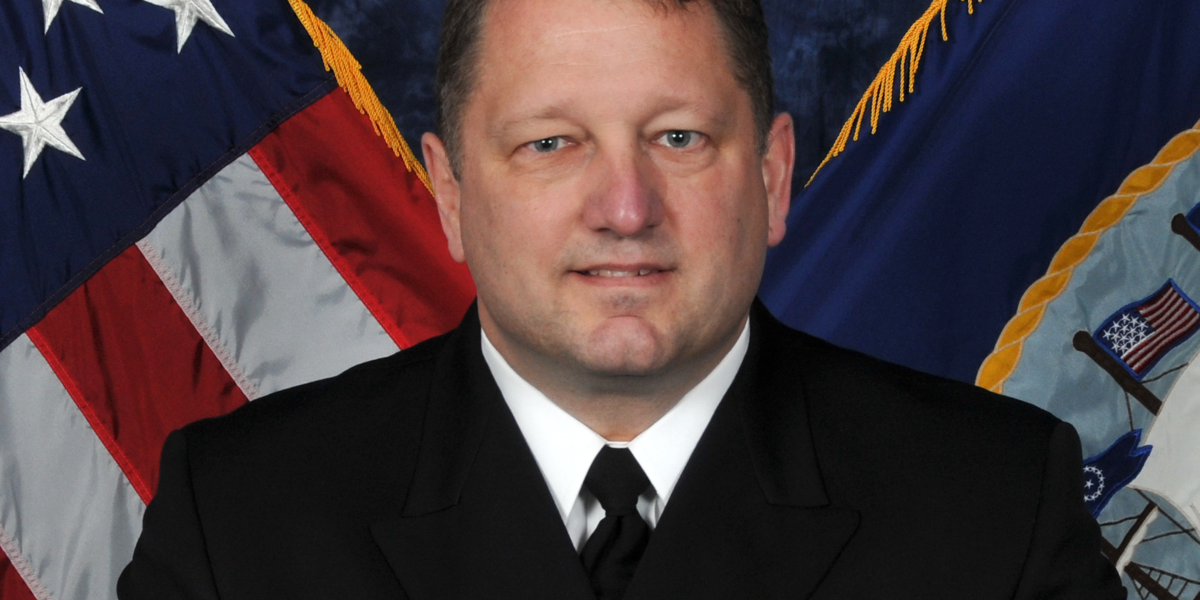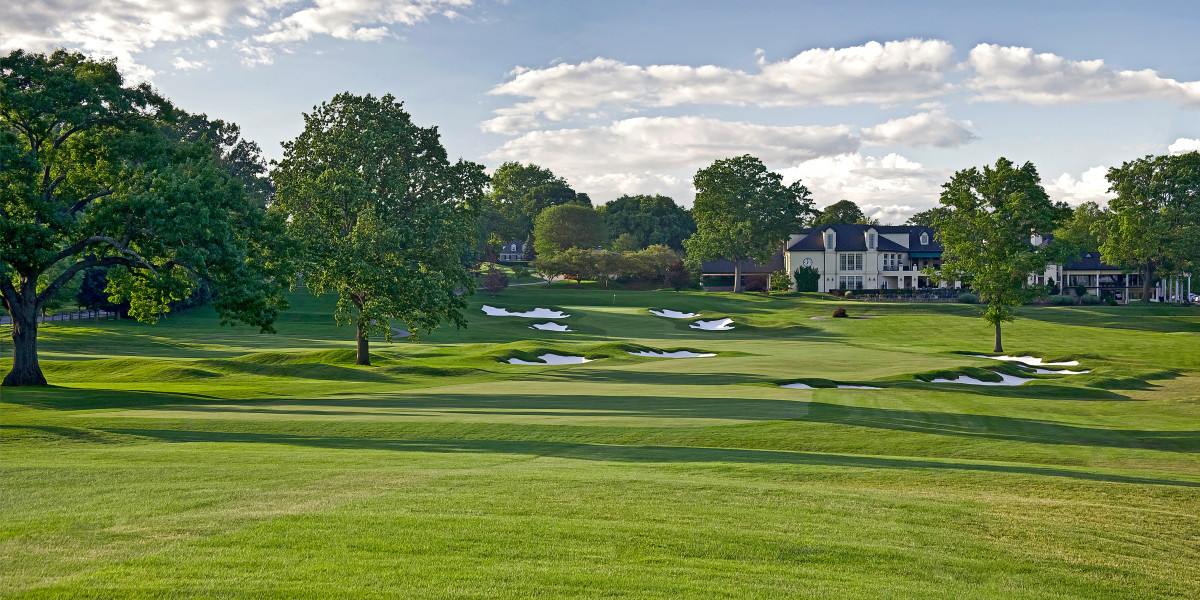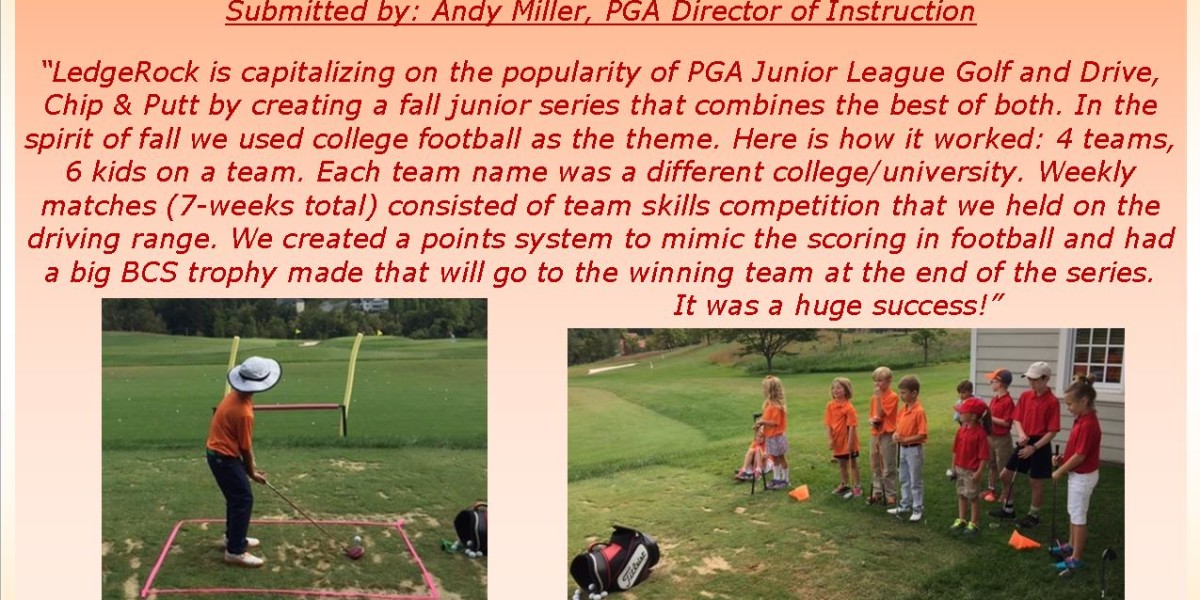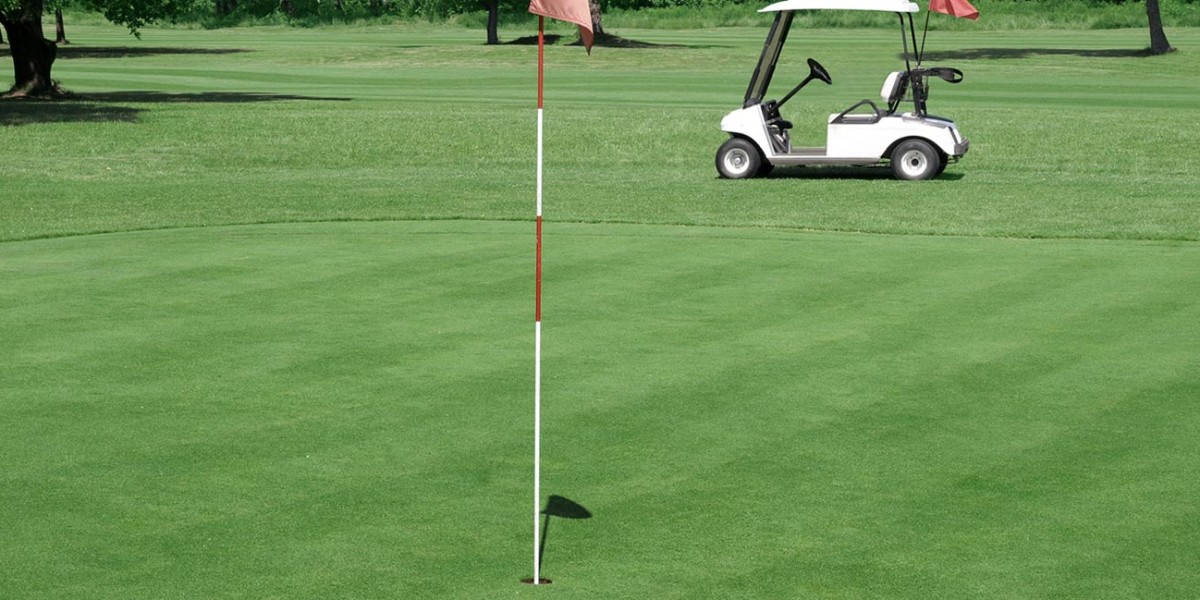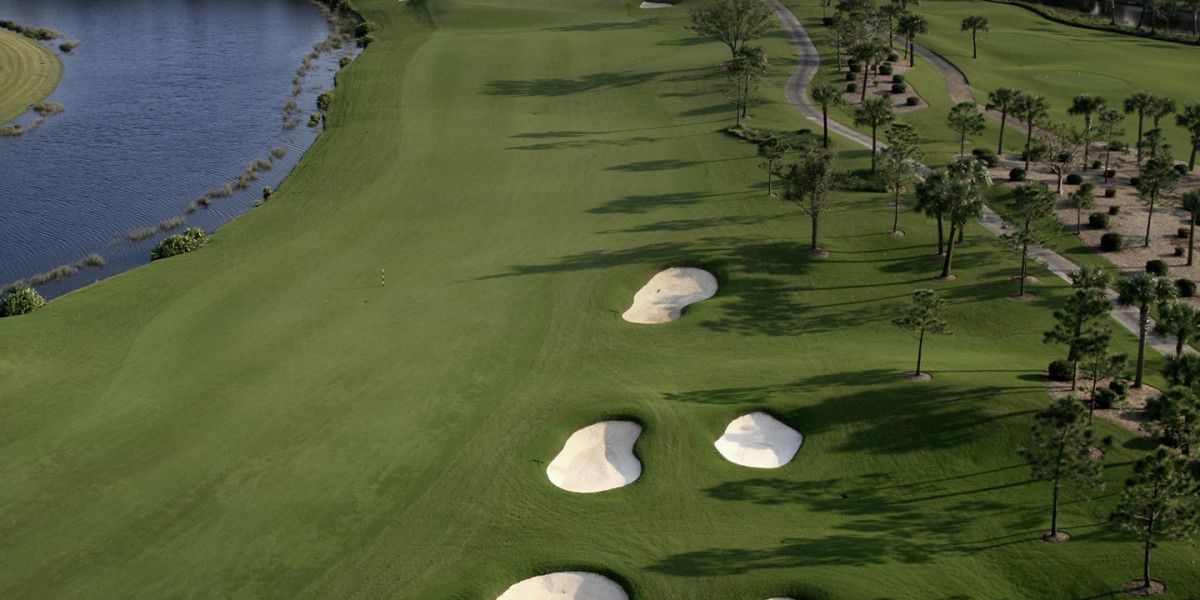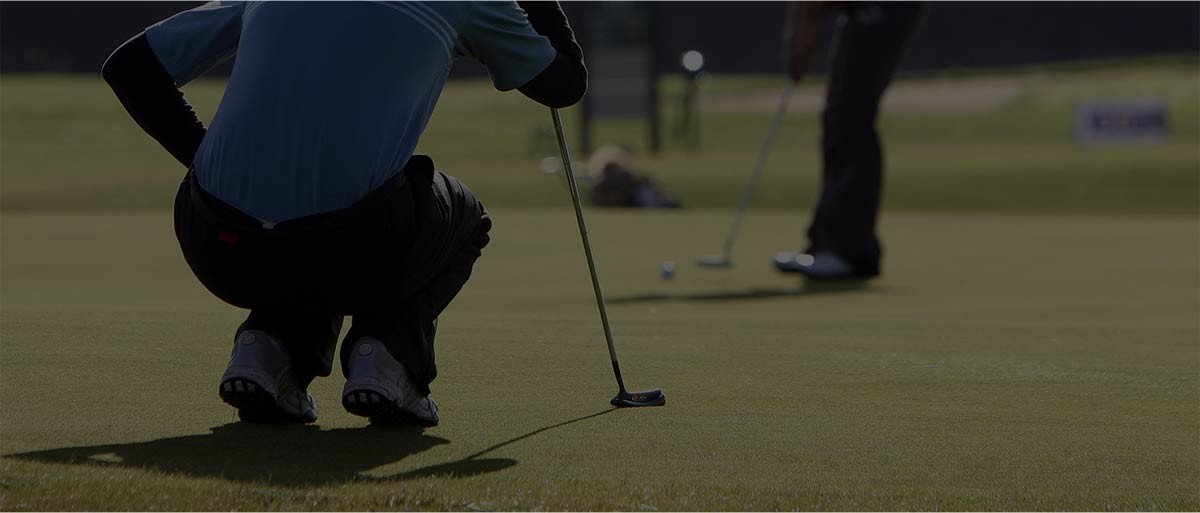News
Spring Meeting to Feature Keynote Speaker Rear Admiral Brad Williamson
REAR ADMIRAL BRAD WILLIAMSON
COMMANDANT, JOINT FORCES STAFF COLLEGE
Rear Adm. Brad Williamson is a native of Levittown, Pennsylvania. He is a 1985 graduate of the United States Naval Academy. He received a Master of Science degree in National Security Strategy from the National War College in 2001.
His career as a surface warfare officer includes assignments on USS Estocin (FFG 15), USS Vandegrift (FFG 48), and as executive officer on USS Vicksburg (CG 69). He commanded USS Thunderbolt (PC 12), USS Porter (DDG 78), and Destroyer Squadron 2. He also served as chief of staff, Carrier Strike Group 2/Theodore Roosevelt Strike Group; and as chief of staff, Naval Striking and Support Forces NATO. His most recent deployment was as the Commander, Standing NATO Maritime Group 2.
Ashore, he served as graduate education and service college placement officer; as future schedules officer on the staff of Commander, Naval Surface Forces Atlantic; as lead staff analyst in the Office of Program Analysis and Evaluation (PA&E) for the Cost of War (COW) Supplemental on the staff of the Secretary of Defense; as an executive assistant in OPNAV N81 (Naval Assessments) and OPNAV N86 (Surface Warfare), and as executive assistant to the Deputy Commander, U.S. Fleet Forces Command.
Williamson participated in Operations Desert Shield and Desert Storm, and has conducted numerous operational exercises and missions in Europe, Africa, and South America.
His decorations include the Defense Superior Service Medal, Legion of Merit (5 awards), Defense Meritorious Service Medal, Meritorious Service Medal (2 awards), Navy and Marine Corps Commendation Medal (4 awards), Navy and Marine Corps Achievement Medal, and various campaign, unit, and service awards.
Williamson has served as the Commandant, Joint Forces Staff College since July 2015. Continue reading
Philadelphia PGA Spring Meeting
The Philadelphia PGA will kick-off their 2016 campaign with the annual Spring Meeting and Pro-Pro Scramble. The meeting will be held at Whitemarsh Valley Country Club. In addition to conducting the business at hand, special keynote speaker Rear Admiral, Brad Williamson will present on the topic of Leadership and Selfless Service.
More Information
Mental Game
Mike Dynda, PGA – Blue Bell Country Club
Enjoy the Challenge!!!!!!!!!
Blue Bell Country Club
2005 Philadelphia Section PGA Teacher of the Year
www.bluebellcc.com
Practice
Bob Thatcher, PGA – Olde Masters Golf Club
Keeping students interested and taking more lessons.
In order to keep and maintain a constant flow of lessons the instructor must provide enthusiasm for the student and their progress. He must show genuine understanding for their unique problems in the learning process. Student feedback is required for a team effort approach to be effective. Keep track of each student’s progress from day one. Give them a “strategy for improvement” road map so they have an idea of where they are going and how you can plan to help them get there. Establish realistic goals both long and short term. Getting them to buy into the idea of setting aside time to practice may be the most important item for their ultimate success.
In order to keep my students coming back I have instituted several stratagem that have proved effective:
- I offer a buy six lessons and pay for five package
- I offer a practice ball plan that encourages the students to practice.
- I always work around the green for sand, chipping, putting and other greenside areas as a positive reinforcing of the scoring aspect of the game.
- Using video enhances the process and shows the student that you are able to offer the needed training tools to make them better.
- I have a tickler file on all students to follow up on their progress even in the off season via email and phone if needed.
- I have each student called in early spring in order to get them back in the swing of golf by promoting fresher lessons.
Bunker
“The Sand Shot” – Bob Thatcher, PGA – Olde Master’s Golf Club
The basic sand shot requires rhythm, timing, balance, and proper technique. It is broken down in three main areas: address, takeaway and downswing/follow through.
Address:
- Open stance aimed well left of the intended target – approximately 10 to 15 degrees. The hips should be slightly open.
- The ball is played at the left instep.
- Weight is placed toward the left foot- distributions about 65/35.
- The club face is open aiming along the intended target line.
- Anchor feet to prevent slipping.
- Hands are forward of the ball.
Takeaway:
- The club is taken back along the intended target line (on an inside path).
- The hands hinge or cock early.
- You must take a fall, evenly paced, backswing.
- Your head and eyes must remain over the ball. Your eyes focused on the spot just behind the ball.
- No appreciable weight shift should take place.
- At the top of the swing, your hands should be relaxed and motionless – ready for the downswing.
Downswing:
- Your weight should be toward the left foot.
- Hands and arm should be relaxed.
- A sensation of your hands falling or pulling should be felt. This pulling should be along the foot line thus allowing the open club face to slide under and across the ball.
- Remain focused on the spot of impact just behind the ball (1 to 2 inches)
- Try to maintain an even tempo.
- Permit the body to turn and face the target in an even and flowing manner. (Do no help the club) (7) This even movement of the body to the ball should help to eliminate deceleration.
This secret of good sand play is sound technique, good instruction, lots of practice, and a real desire to improve. Should you need more help I suggest you contact your local PGA Professional.
Compliments of Bob Thatcher and Staff at Olde Masters Golf Club.
Short Game
Tip 1 – Vin Ciarlone, PGA – Northampton Valley Country Club
Here are some of the tips I taught while working with the John Jacobs
Golf Schools in Scottsdale,Arizona.SHORT GAME
- Check your lie
- See the shot in your mind
- Choose a club
- Try a couple swings
- Play the correct shot
Chipping
Grip as you would in the full swing
Bottom edge of club perpendicular to the intended line
Deloft the club by moving the end of the grip one to two inches
forward, toward your intended line
Move your body to the end of the grip (Ball now located near your
back foot. Keep a narrow stance.
Most of your weight on your forward side (Closest to target) (It
provides a steeper attack)
Keep your wrists firm throughout the swing
Swing the club back to your pocket, keep your hands ahead of the
club face (That will produce a low flying shot) and continue your swing to
your other pocket
Club selection will determine the length your chip will roll on
the ground. Less lofted clubs will travel farther. The pace of the swing
will determine the length the ball will fly through the air.

